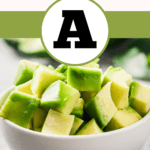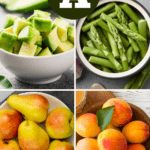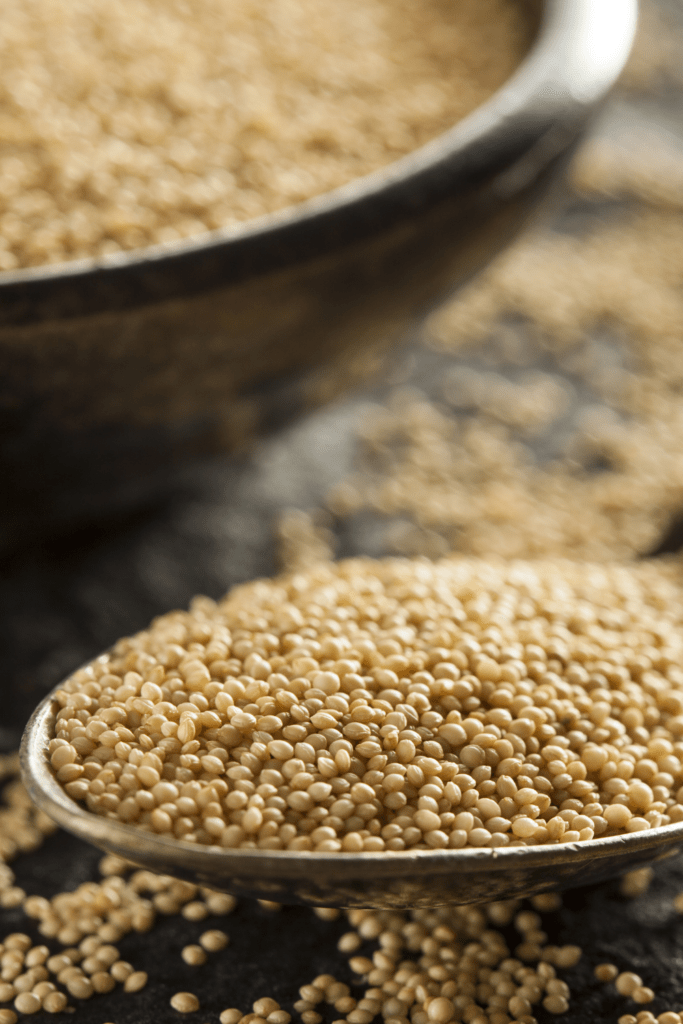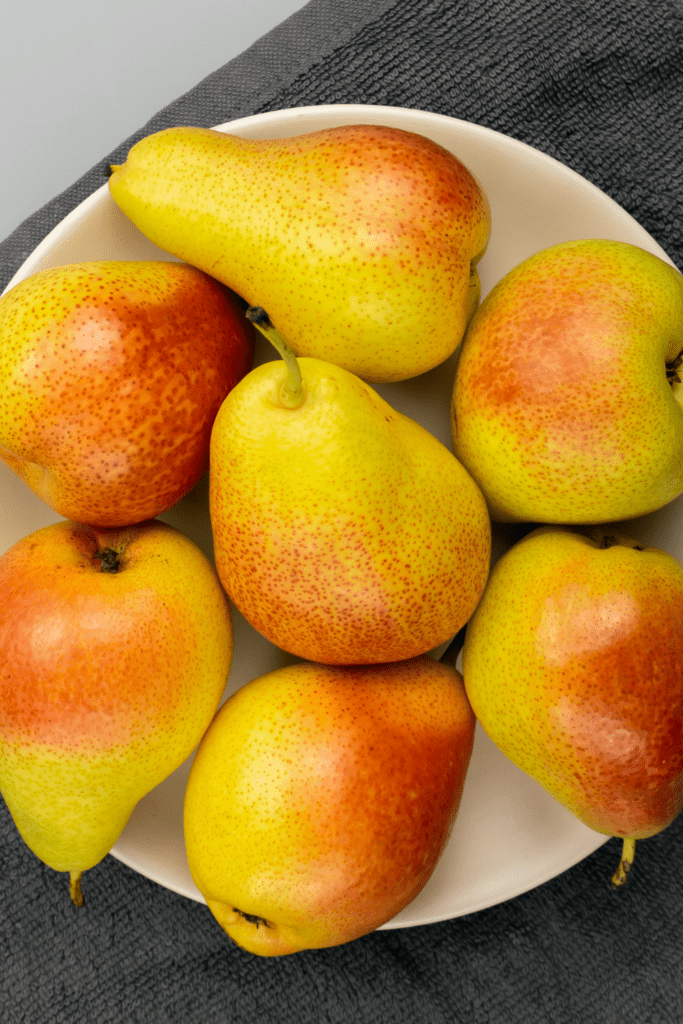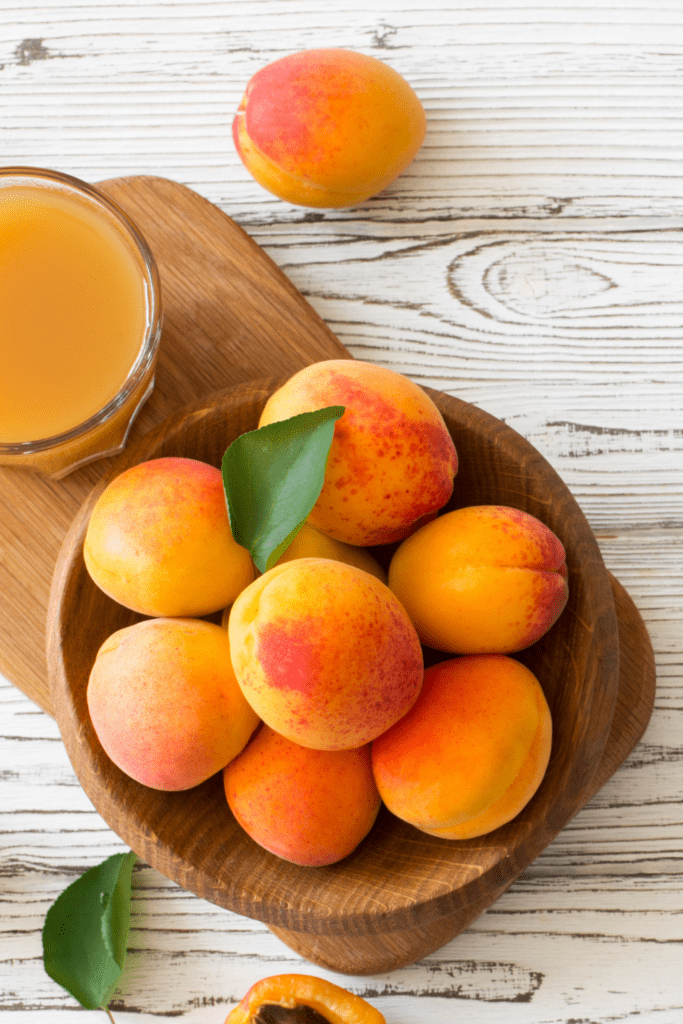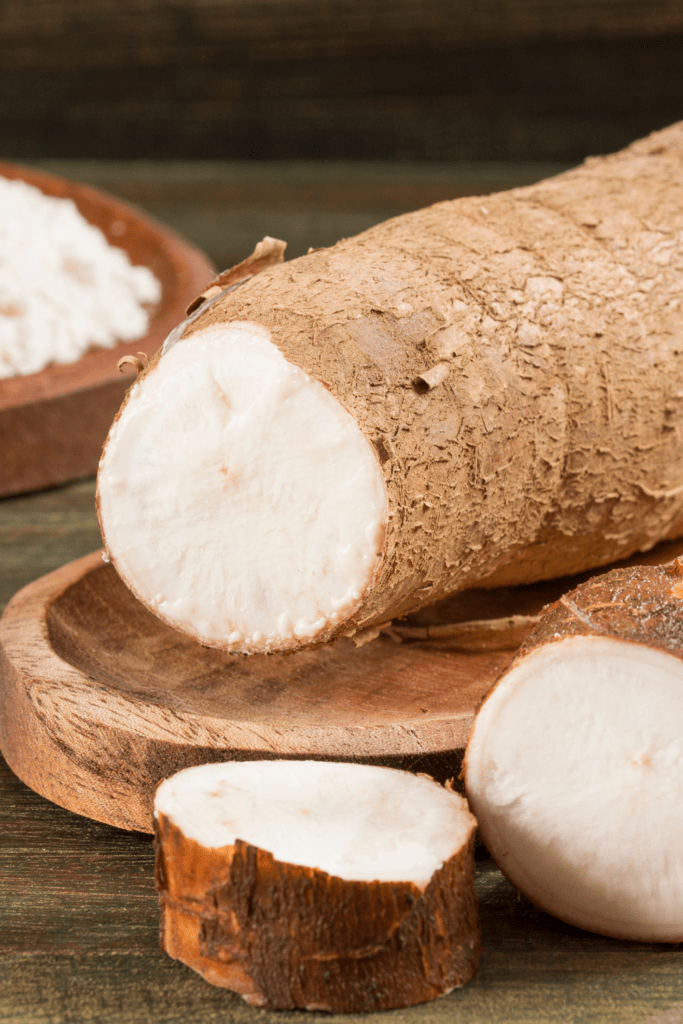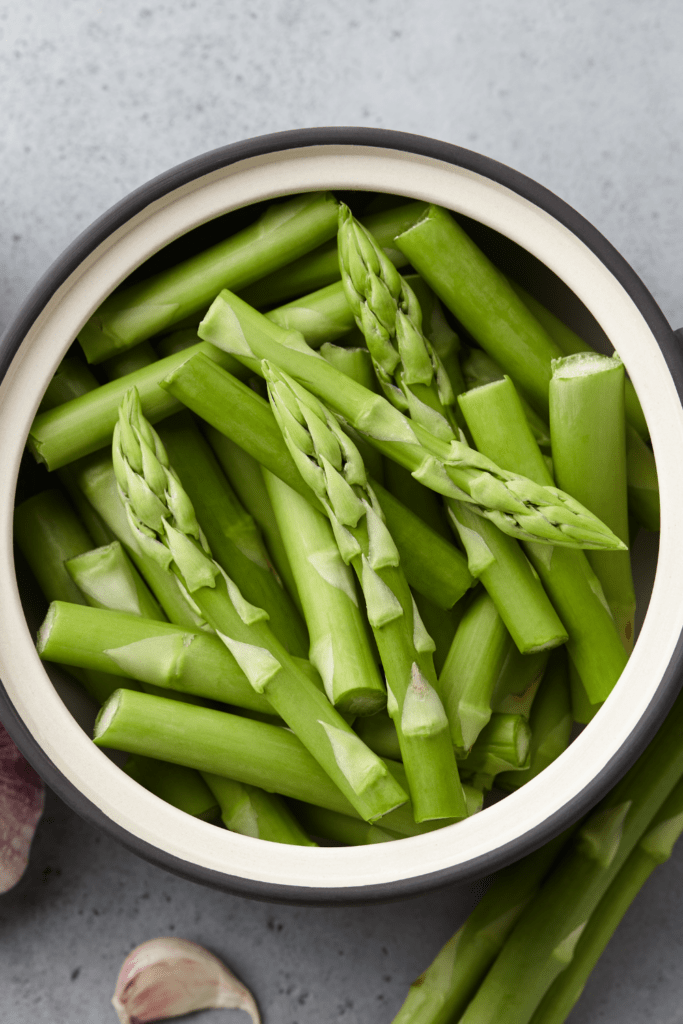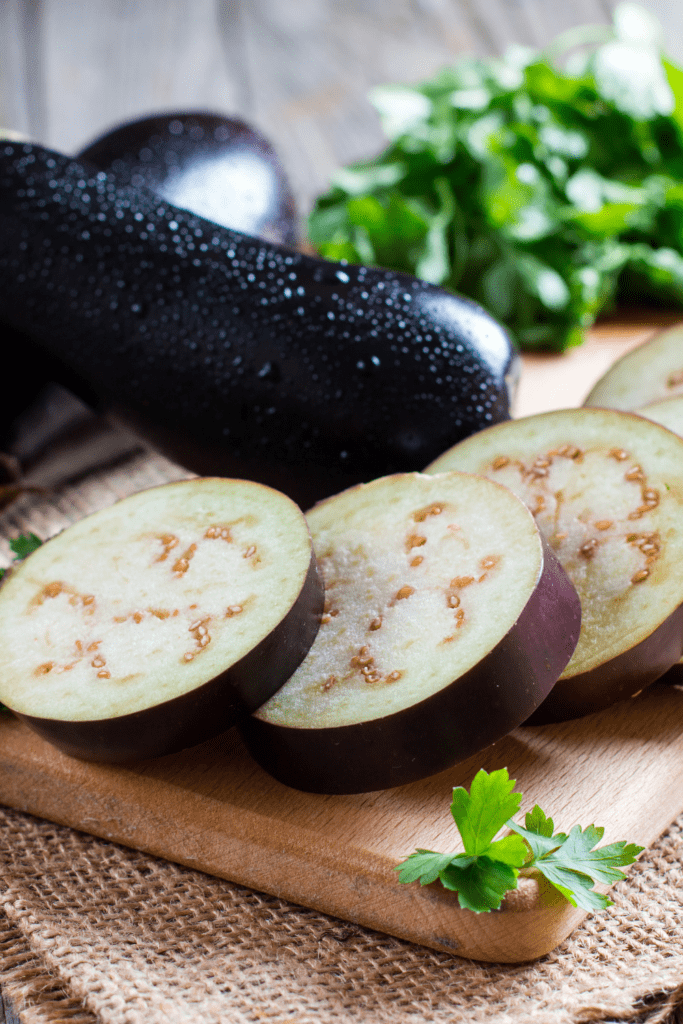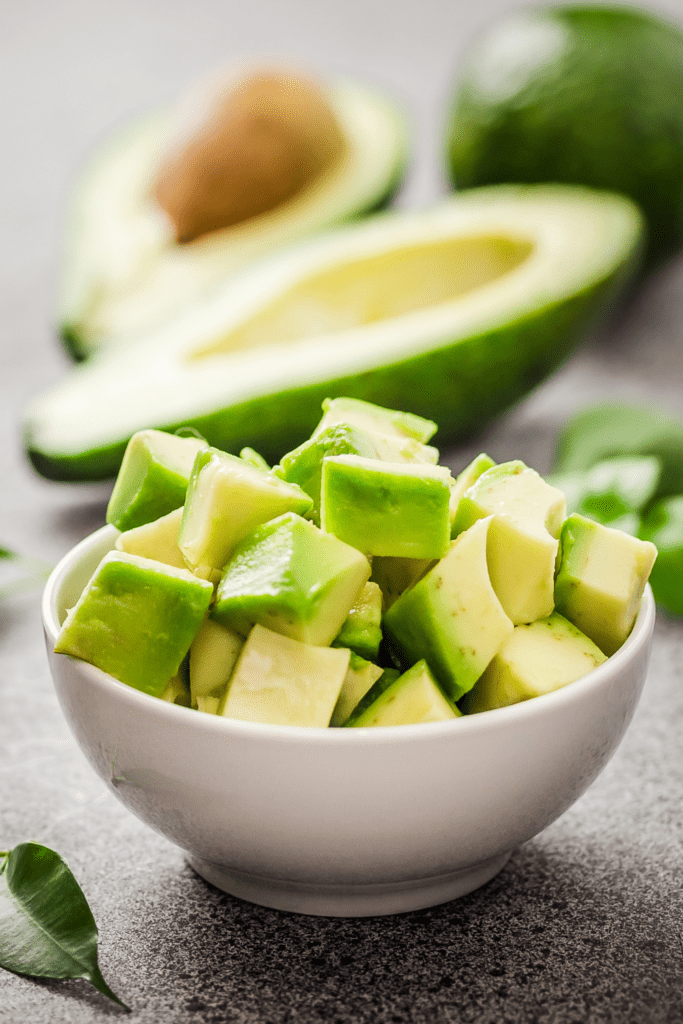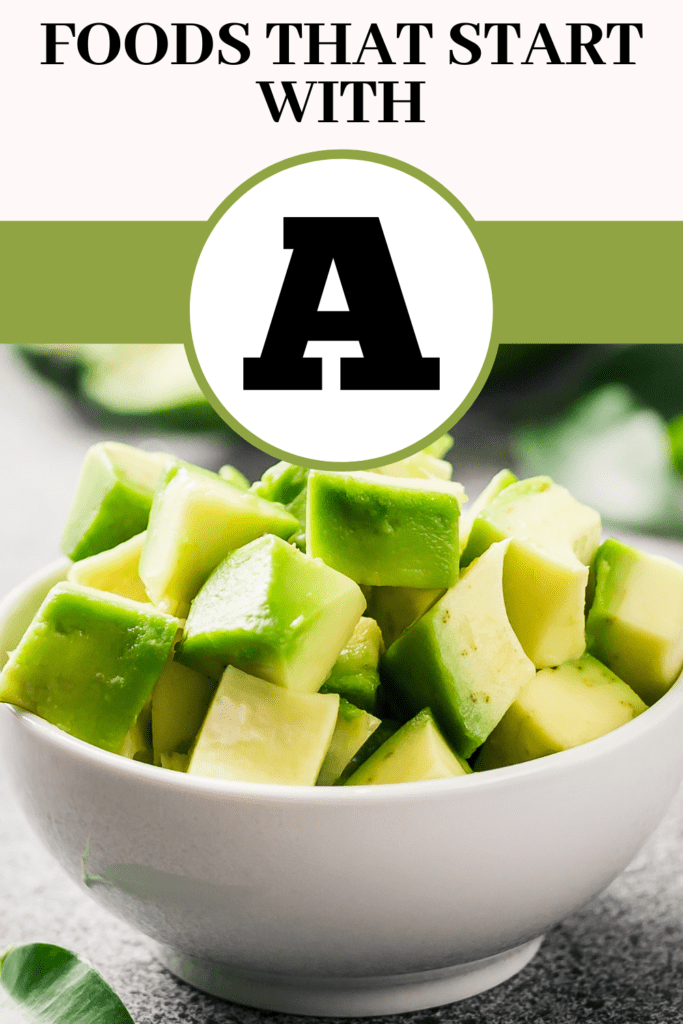There’s more to the letter “A” than just apples! Whether you are on the road to becoming a food expert or just want to expand your vocabulary, you’ve come to the right place. If you have little kids in the house, you probably know the ABC song and its many, many renditions by heart. If I had a nickel for every time I heard it in a day, I’d be crazy rich by now! But what I’ve noticed is that no matter the version, the song always begins the same way – “A is for apples.” Believe it or not, there is an entire list of foods that begin with the letter A, aside from apples. From popular foods to the more exotic and unheard of, here are 20 interesting foods that start with the letter “A.”
20 Foods That Begin With The Letter A
1. Abalone
Abalone is something you don’t hear of every day. It’s a Spanish word that refers to a mollusc, specifically, a sea snail. And yes, the flesh is edible, and it’s yummy! It’s considered a luxury item in Asian, Latin American, and French cuisines, and is only served during special occasions. As for the taste and texture, abalone is briny and chewy. It’s similar to a scallop and a squid.
2. Acorn Squash
Acorn squash is a winter squash best known for its dark green exterior and its sweet flesh. It’s loaded with vitamins and minerals, such as potassium, vitamins B and C, and other dietary fibers. It can be used to make both sweet and savory dishes.
3. Adobo
It can mean two different things, but both words have similar origins. The Spanish adobo refers to a cooking and food preservation process, where raw meat is marinated in salt, garlic, vinegar, paprika, and oregano. The Philippine adobo, on the other hand, is a pork or chicken dish flavored with soy sauce, vinegar, bay leaves, and peppercorn. It’s commonly eaten with steamed rice.
4. Adzuki Beans
More commonly known as red mung beans, adzuki beans are a popular ingredient in East Asian cooking. These small red beans are primarily used to make dessert. The beans are boiled in sugar to form a sweet paste, which is then used as a mochi filling, ice cream topping, and in other sweet dishes.
5. Ahi Tuna
Also called yellowfin, this fish is a large species of tuna, and is a close relative of the bigeye tuna. While it’s widely used to make sashimi, a Japanese dish, the word ahi is a Hawaiian term!
6. Aioli
Here’s an item we all know and love! Aioli is a dipping sauce made with garlic, olive oil, and sauce. There are several variations of this dip, with some using egg yolks and lemon juice, and others adding mustard and other seasonings. No matter the version, the most evident flavor remains to be garlic.
7. Alfalfa Sprouts
To be honest, to this day, the first thing that comes to mind when I hear the word “Alfalfa” is that adorable little boy with a few strands of hair sticking out from his head from the movie, “The Little Rascals.” But Alfalfa, the food, refers to a legume/herb that’s loaded with tons of nutrients. Its seeds are normally used as a health supplement, but the sprouts add a nice crunch to salads, sandwiches, and rolled pizza!
8. Amaranth
Just like quinoa seeds, amaranth is a seed packed with proteins, fiber, calcium, and iron. The grain was a staple in Aztec, Inca, and Maya civilizations, but it’s once again gaining popularity today because of its myriad of health benefits. Amaranth has a malty and nutty flavor and makes a great addition to shakes, soups, and salads.
9. Amaretto
“Amaretto” is an Italian word that means “a little bitter.” This liqueur is originally derived from bitter almonds, but more modern variations may also use apricot and peach stones. The sweet, nutty, and bitter liqueur may be drunk as it is, but you may also use it as an ingredient to mixed drinks, coffee, and other dishes as well.
10. Anchovy Pear
Interestingly, the anchovy pear is neither an anchovy nor a pear. Rather, it is a fruit that grows from a type of Brazil nut, and is indigenous to Jamaica, Colombia, and Central America. While it takes on the shape of a pear, it tastes more like a mango than anything else.
11. Andouille
This pork sausage may have French origins, but here in the US, you’ll get the best Andouille in Louisiana!
12. Anjou
Unlike the anchovy pear, anjou is actually a type of pear. This vibrant fruit has the shape of an egg and remains green even as it ripens. It’s crunchy and has a pleasant combination of sweet and tangy flavors. It’s great as is, or as an addition to salads. And since its flesh is dense, it makes a great candidate for poaching, roasting, grilling, and baking.
13. Apricot
You’d never believe this, but while this sweet orange fruit is related to the peach and the plum, it belongs to the rose family! And while apricots are widely used here, they originated in China, over 4,000 years ago.
14. Arrowroot
This starch comes not only from one plant, but several tropical plants, including cassava and tapioca. The starch is used to make a variety of sweets, from milk and cookies to cakes and pudding. In Korean and Vietnamese cuisine, it is used to make noodles!
15. Artichoke
You may not see artichokes as the most delicious veggie, but they are full of vitamins and minerals. They’re a healthy addition to any meal. Just be sure to trim them well, to get the soft and nutty hearts.
16. Asado
It’s Spanish barbecue! Aado is any type of meat that is grilled or cooked on an open fire. It comes from different cuts of meat, such as flank, ribs, intestines, and other organs. Asado is usually served with salads and wine. Yum.
17. Asian Pear
Also known as the sand pear or apple pear, the Asian pear is a fruit indigenous to… as you may have guessed, Asia. Unlike the anjou, the Asian pear is more commonly eaten as is. Since it has a high water content, which does not make it a suitable fit for cooking.
18. Asparagus
We all know that these shoots are highly nutritious, but did you know that eating them has a strange, yet harmless, side effect? Ever notice your pee smelling a little off after having eaten a few of these spears? Well, that’s because asparagus has a sulfur-filled chemical called asparagusic acid, which is responsible for that weird smell in our bodily fluids.
19. Aubergine
I don’t know why, but I used to think that aubergines and eggplants are two different things. But as it turns out, they’re the same! It’s just the term aubergine is used by our friends across the pond, while we are more used to calling it eggplant.
20. Avocados
It’s the quintessential fruit of the millennials! While avocados have gained massive popularity recently, they’ve been around for millions of years. It’s no surprise why they’re such a well-loved fruit, though. They’re so delicious and nutritious at the same time. Click on a star to rate it!
Average rating 5 / 5. Vote count: 1 No votes so far! Be the first to rate this post.
Share on social media: Let us improve this post!
